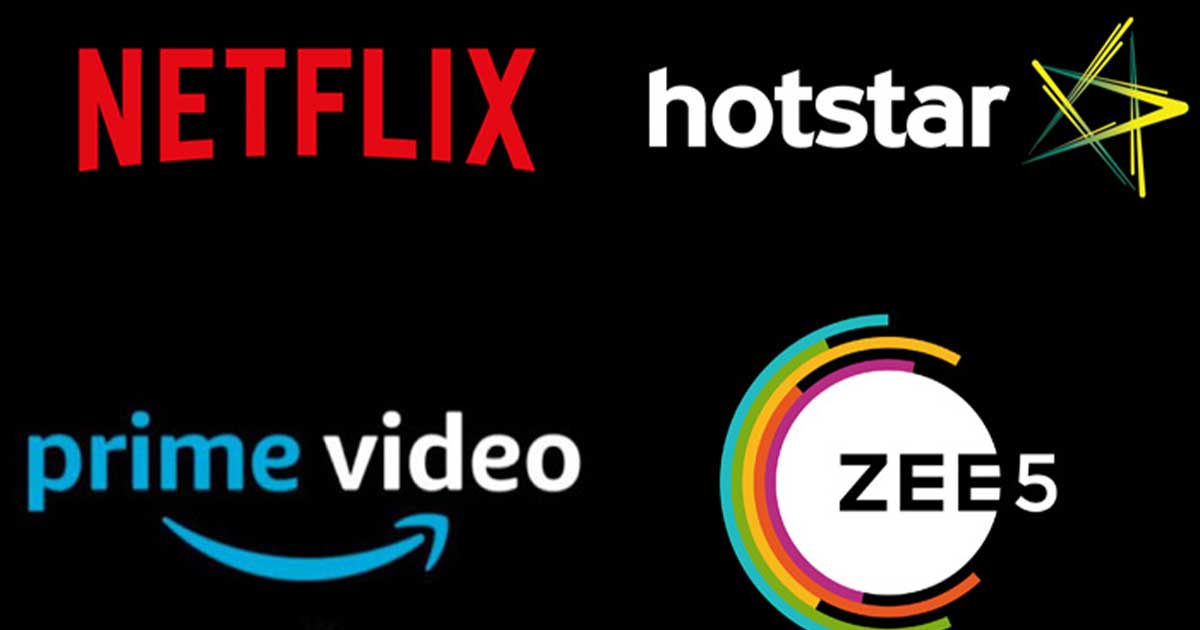
OTT platforms and movie studios are currently facing major challenges in both marketing and box-office performance. The primary issues stem from budget cuts and the inherent difficulties in predicting a movie’s success. For example, many of the latest movies don’t get promoted enough. This lack of promotion is even more troubling in a hyper-competitive market where visibility is of utmost importance.
Moreover, budget cuts have had dire consequences on the marketing strategies of OTT platforms and movie studios. When financial constraints arise, marketing budgets are usually the first to be cut. This decrease impedes small and medium-sized films, which lack popular actors or substantial funds, from being recognized. With little or no advertising campaigns behind them, these movies often remain unnoticed despite their merit.
For instance, major OTT services now concentrate their marketing efforts on a few major titles each quarter. This strategy means that only high-profile releases, such as the movie Kalki 2898 AD or major web series like Heeramandi, receive substantial promotion. Consequently, many new shows and movies lack the exposure needed to attract audience interest.
Trending
The excitement surrounding both cinema and OTT content has diminished over time. During the pandemic, there was a surge in viewership as people sought entertainment while staying at home. However, post-pandemic OTT platforms are experiencing either a decline in subscribers or stagnation. Only the most dedicated users remain loyal, and these platforms must now work harder to attract new viewers.
High-profile releases still manage to draw attention, but the sheer volume of content available on these platforms makes it difficult for every release to generate buzz. This “paradox of choice” means that, despite the vast amount of content available, people struggle to decide what to watch, leading to many potentially brilliant series going under the radar. To navigate these tricky waters, OTT platforms mostly promote projects where they get the biggest return on investment.
Big-budget productions with strong visual appeal, such as Kalki 2898 AD and Heeramandi, benefit from substantial marketing budgets. These high-profile projects are more noticeable to movie audiences and have a better chance of attracting viewers.
Moreover, the intense competition among OTT platforms means that they must choose their battles wisely. Promoting every release equally is financially unfeasible. Big-budget, star-studded films are more likely to bring in audiences, so most of the marketing muscle is directed toward these projects. This inevitably leaves smaller films with minimal attention – though they do receive some, it often feels insignificant by comparison.
For smaller films, marketing is becoming an increasingly niche proposition. For example, influencer-driven ads on platforms like Instagram can effectively reach specific demographics if backed by a good budget. Similarly, targeted film ads via Google can be effective if the trailer is well-crafted, but massive reach through traditional advertising, such as TV appearances, is often unnecessary.
Another key marketing challenge for OTT platforms is the rising cost of performance marketing. Performance marketing, focused on acquiring new subscribers, can be expensive. With increasing costs, there may be less budget available to promote individual releases.
To offset this, a growing number of platforms are investing in recommendation systems to help consumers discover content. These systems use algorithms to suggest content based on user’s viewing history and preferences. While these can increase exposure for lesser-known titles, they cannot replace a full marketing campaign.
The Role of Word-of-Mouth
Still, good content tends to find an audience over time through word-of-mouth. If a film or show is genuinely captivating, viewers will share their experiences with others, which can help it gain traction. However, relying solely on word-of-mouth is risky – it takes time to build and may never achieve widespread recognition.
The challenges for new releases on OTT platforms are significant, with budget cuts, uncertain success at the box office, and high-performance marketing costs. Major platforms focus their energies on high-profile, big-budget projects, leaving mid and smaller-sized films at a disadvantage. As the buzz around OTT content slowly diminishes post-pandemic, platforms need to innovate their marketing strategies and harness the power of personalized recommendations to help audiences discover new content.
Despite the current difficulties, there is hope for smaller releases. With targeted marketing and word-of-mouth, quality content can find its audience. However, without the broad promotional efforts that were once standard for theatrical releases, many new films and shows will continue to make only a small ripple on OTT platforms. The crucial aspect will be balancing the promotion of big-budget productions with independent works, as the long-term success of OTT services depends on this evolution.
Follow Us: Facebook | Instagram | Twitter | Youtube | Google News



 Follow Us
Follow Us











